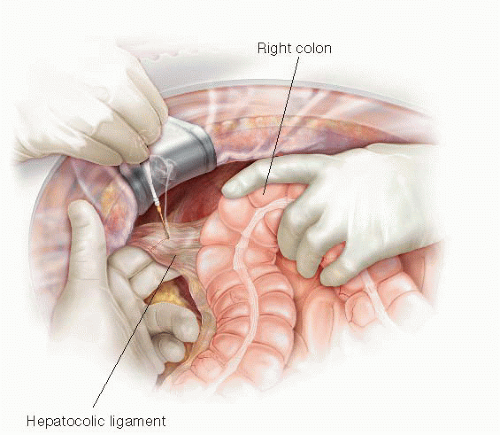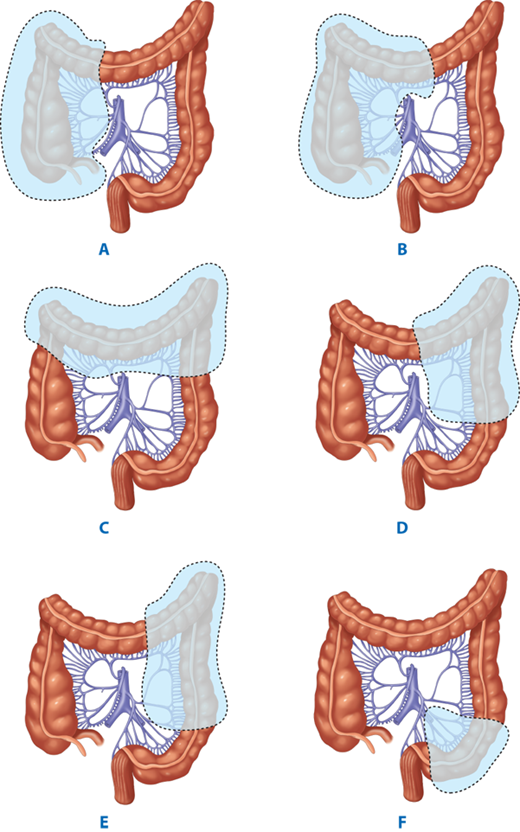

As the associated morbidity is extremely rare, the only disadvantage of SFM is its learning curve. In a different view, the choice of a routine SFM is based on the small increment in the procedure length (around 10% of the total time) and on the low risk of complications such as splenic injury.

Lengthening of the colon for low rectal anastomosis in a cadaveric study: how much can we gain? Tech Coloproctol. , 10 10 Thum-umnuaysuk S, Boonyapibal A, Geng YY, Pattana-Arun J. How much colonic redundancy could be obtained by splenic flexure mobilization in laparoscopic anterior or low anterior resection? Int J Med Sci. On the contrary, if it is perceived that confortable tension-free anastomosis is possible due to a redundant colon, it may be avoided 7 7 Kye BH, Kim HJ, Kim HS, Kim JG, Cho HM. Is There A Difference Between Right- Versus Left-Sided Colon Cancers? Does Side Make Any Difference In Long-Term Follow-Up?. 2017 40:124-9., due to the associated inflammation and the need to resect the sigmoid or the descending colon 3 3 Bustamante-Lopez, Leonardo Alfonso Et Al. Location is everything: The role of splenic flexure mobilization during colon resection for diverticulitis. Another common indication is diverticulitis 9 9 Schlussel AT, Wiseman JT, Kelly JF, Davids JS, Maykel JA, Sturrock PR, et al. Most of them agree that it is indispensable during low anterior resection or coloanal anastomosis, especially when the construction of a colonic pouch is considered necessary. Routine or selective indications of SFM have been a great source of controversy among surgeons. Technically, a confortable colon descensus towards the pelvis depends on the level of vascular control and on the detachment of embryological fusions to the retroperitoneum or pancreas. Proper exposure allows the surgeon to separate the large colon omentum (intercoloepiploic detachment), progressing from transverse colon towards the splenic flexure, to obtain mobilization After this, the surgeon moves from a position between legs to the right side of the patient. The falciform ligament is transected, so the great omentum and transverse colon are lifted over the liver and secured with a grasper introduced in the right upper quadrant ( Figure 1). We prefer to introduce five ports: 10 mm umbilical for the camera and four others in each abdominal quadrant (12 mm trocar in the right iliac fossa). The patient is settled in a modified Lloyd-Davies position with Trendelenburg. Surgical technique step by step Preparing the operative field This study was submitted and approved by the institutional ethics committee of São Paulo University, São Paulo, SP, Brazil under n o. Consequently, we decided to describe in detail important technical aspects of how it can be performed and to discuss indications and outcomes. Furthermore, there is a common fear that an additional procedure could affect postoperative morbidity.Ī literature search shows that laparoscopic SFM lacks standardization.

There exist some controversies regarding laparoscopic SFM, such as selective indication, the best moment to perform, the need for additional ports and technical aspects. This maneuver aims to ensure a tension-free and well-perfused length of colon to be attached at the anastomosis, allowing an adequate resection margin in segmental left resections for diverticulitis or cancer. An extended medial to lateral approach to mobilize the splenic flexure during laparoscopic low anterior resection. allowed the adoption of a complete splenic flexure mobilization (SFM) as an essential step during colorectal resections 6 6 Kim HJ, Kim CH, Lim SW, Huh JW, Kim YJ, Kim HR. Current tech- nique of laparoscopic total mesorectal excision (TME): an international questionnaire among 368 surgeons. 5 5 Cheung YM, Lange MM, Buunen M, Lange JF. Is splenic flexure mobilization necessary in laparoscopic anterior resection? Dis Colon Rectum. 2007 50(3):302-7 discussion 307.ģ Bustamante-Lopez, Leonardo Alfonso Et Al. Routine mobilization of the splenic flexure is not necessary during anterior resection for rectal cancer. 2012 49(3):219-22.Ģ Brennan DJ, Moynagh M, Brannigan AE, Gleeson F, Rowland M, O'Connell PR. Assessing the extent of colon lengthening due to splenic flexure mobilization techniques: a cadaver study. In the context, the growing experience with laparoscopic techniques 1 1 Araujo SE, Seid VE, Kim NJ. The laparoscopic treatment of colorectal diseases has brought many technical and tactical modifications as an attempt to improve results over open surgery.


 0 kommentar(er)
0 kommentar(er)
